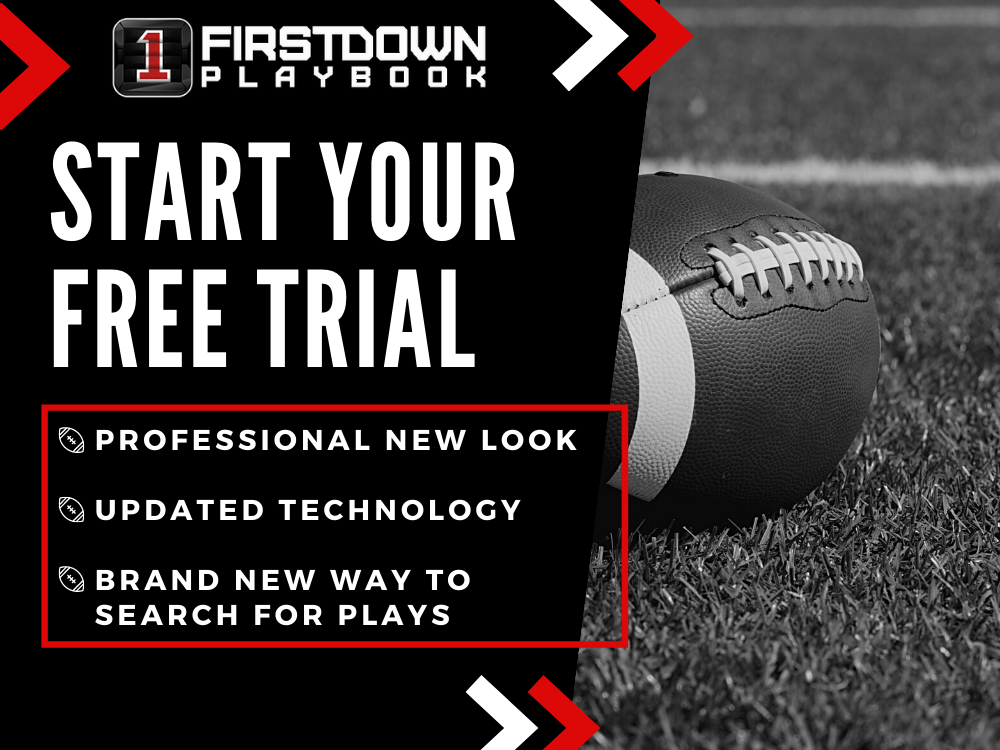Big Field Kickoff Returns
Almost all kickoff returns are “big field” plays. This means exactly what it implies. Over half of the football field will normally be used to determine the result on kickoff returns. It is a lot of space to defend if you are a kick off cover unit. This is why you see the ball wisely kicked over into a corner if at all possible. “Big field kickoff returns” is a way to describe returns that take advantage of this.
There are several different versions of big field kickoff returns but today we want to focus on a ver simple premise. In order to game plan well, it is helpful to understand what your opponent is trying to do. When you are a kickoff return unit you need to study the responsibilities of each cover player. The contain players will soon reveal themselves from force and safeties. Once again, they are trying to cover a big field play.
New!! Improved PlayBook Area! Take A Free Trial Here!
You can also begin to see what the opposing coach is emphasizing to the cover unit. Players will often take their coaching to a point that it becomes a weakness as opposed to a strength. Sometimes kickoff coverage coaches will take a coaching adage like “keep the ball inside and in front” and use it so much that the coverage team does that to a fault.
6 Special Teams Clinics Are On FirstDown PlayBook Too
They contain the ball and spread out across the football field making themselves very vulnerable to a middle return that dissects the coverage in half. When you see this, you should immediately think like an offensive line coach. If the defense is heavy on the perimeter you are going to pound them in the A and B gaps right? At the end of the day, a kickoff return is run from an offensive formation.
Learn How Ball-Flight-Returner-Man Can Help You Teach KOR
The same should hold true for your kickoff return. If you find a kickoff team who will kick the ball down the middle of the field to your returner then this can make a middle return even more potent as the coverage team almost has to cover the entire field in order to be sound. This video is from an earlier version of FirstDown PlayBook but the lesson is still as relevant today.

